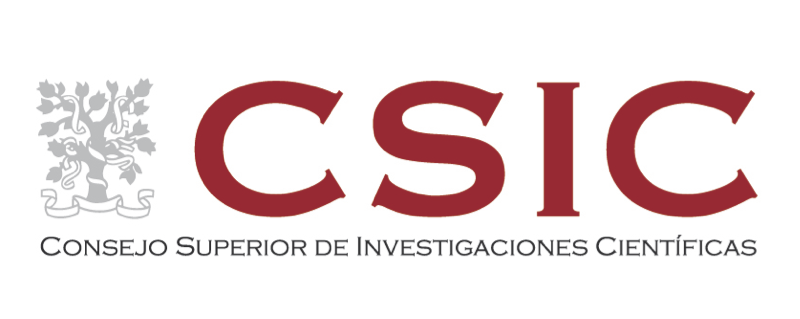TrAC - Trends in Analytical Chemistry, vol. 119 (2019)
Article preview
Novel methodologies for the improved extraction of bioactive carbohydrates that fulfill the principles of green chemistry have been reviewed in this manuscript. As an alternative to conventional water extraction methods, advantages of the use of new green solvents such as ionic liquids and deep eutectic solvents have been discussed. Recent applications of advanced techniques such as ultrasound-assisted extraction (UAE), microwave-assisted extraction (MAE), pressurized liquid extraction (PLE), supercritical fluid extraction (SFE) and enzyme-assisted extraction (EAE) have also been revised. Special attention has been paid to those procedures based on the combination of several of these techniques which provide a better performance [e.g. ultrasound-microwave-assisted extraction (UMAE)] or show an improved selectivity [e.g. microwave-assisted aqueous two-phase extraction (MAATPE), microwave-assisted enzymatic extraction or enzymolysis-ultrasound-assisted extraction (MAEE or EUAE), etc.]. Finally, future perspectives regarding the possible application of these new eco-friendly methodologies at industrial scale together with the advances required to that aim are presented. © 2019 Elsevier B.V.




